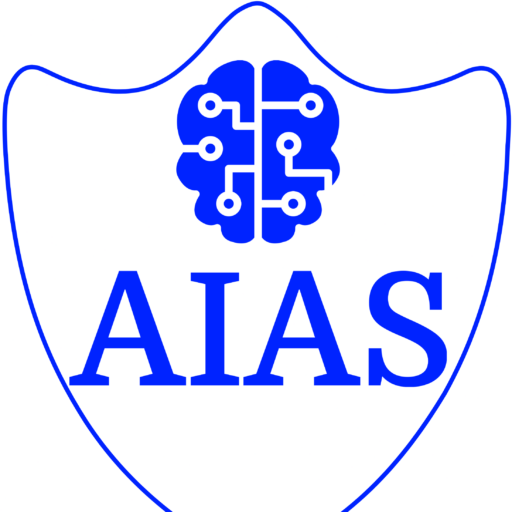Following a well-deserved break for the Easter celebrations, the AIAS consortium is back to work, and we are excited to share an update on one of our core research areas: Adversarial AI Attack Generation. This research is crucial for developing innovative defense mechanisms to secure AI systems from emerging adversarial threats.
Current State-of-the-Art (SotA): Adversarial AI attacks can be broadly categorized into two main types:
- Poisoning Attacks: Target the training phase by injecting malicious data to compromise the learning process. Popular gradient-based techniques include:
- L-BFGS
- FGSM
- JSMA
- Deepfool
- C&W
- Evasion Attacks: Target the testing phase of trained models. Some notable approaches are:
- EvnAttack: Analyzes the importance of features and crafts adversarial malware samples.
- Genetic Programming: Evolves adversarial samples to evade detection.
- Deep Reinforcement Learning: Uses deep Q-learning to craft attacks that induce misclassification.
Additionally, frameworks such as Foolbox and Cleverhans provide tools to assess AI robustness. In the commercial domain, tools like ZAUIX perform automated penetration testing against AI systems.
Beyond SotA: The AIAS project aims to push beyond existing methodologies by developing a state-of-the-art Adversarial AI Engine with the following innovative capabilities:
- Deep Neural Networks (e.g., GANs): To generate sophisticated adversarial samples and simulate real-world attack patterns.
- Attack Graphs with Logic Programming: To model and execute multi-step attack scenarios targeting AI system vulnerabilities.
- Taxonomy-Driven Attack Scenario Generation: AIAS will create a comprehensive taxonomy of adversarial AI and sophisticated cyberattacks, detailing the specific weaknesses they exploit and introducing new system-level parameters that have been underexplored in the current literature.
- System-Aware Attack Customization: Attack scenarios will be dynamically generated based on system-specific features such as:
- Training and testing data characteristics
- Algorithm type and hyperparameters
- Operational environment
- Integration with Threat Intelligence Sources: The Adversarial AI Engine will leverage data from sources such as the National Vulnerability Database (NVD) to stay updated on emerging vulnerabilities (CVEs). It will maintain an internal repository of sophisticated attacks, including advanced threats like DeepDGA.
Through these innovations, AIAS aims to simulate realistic and advanced adversarial attacks, empowering organizations to test and fortify their AI systems against evolving threats.
Stay tuned for more updates from the AIAS consortium as we continue our journey towards securing the future of AI systems!
#AIASProject #AdversarialAI #CybersecurityInnovation #GANs #AttackGraphs #AIForCybersecurity #SecureAI #FutureOfCybersecurity

